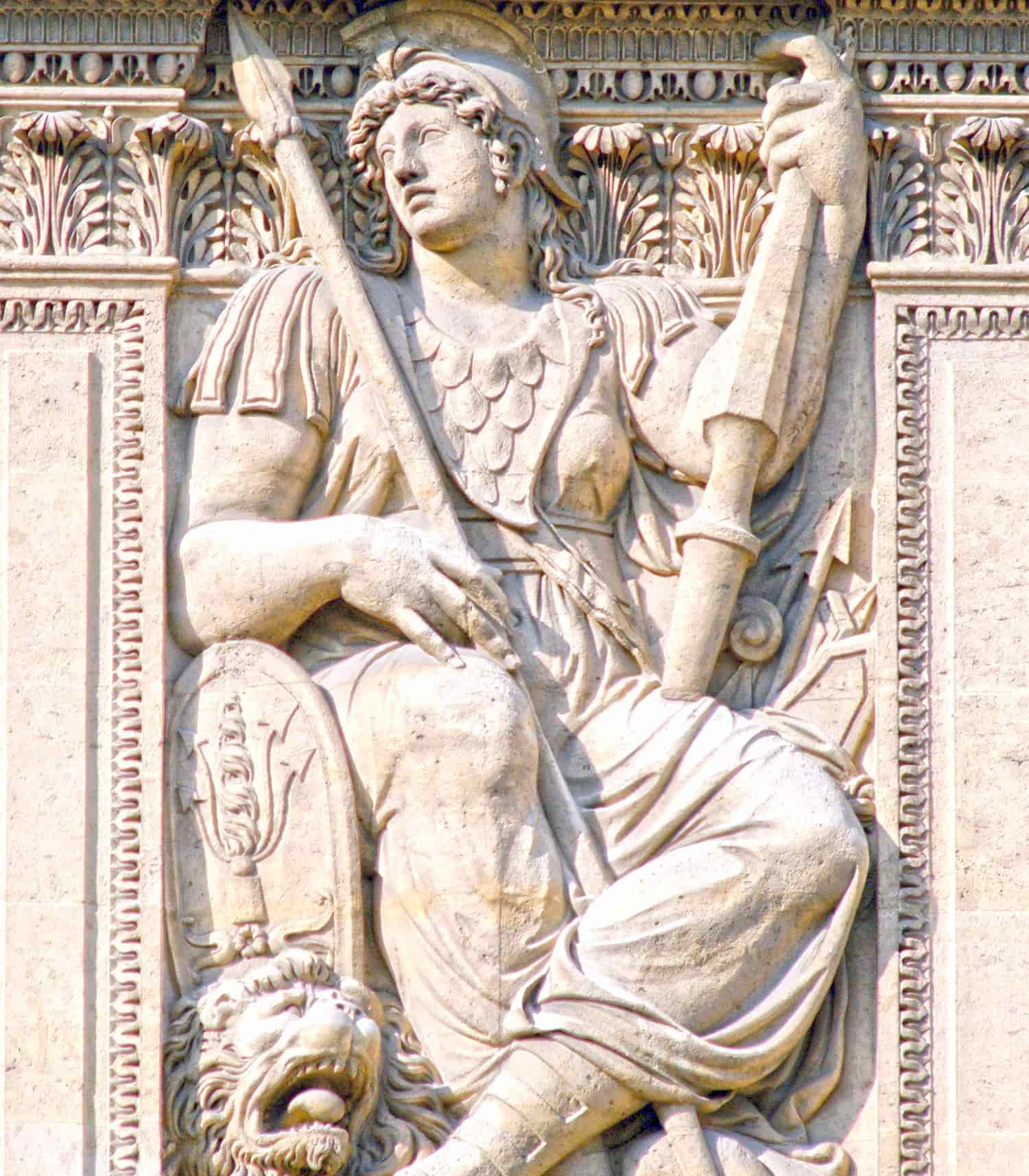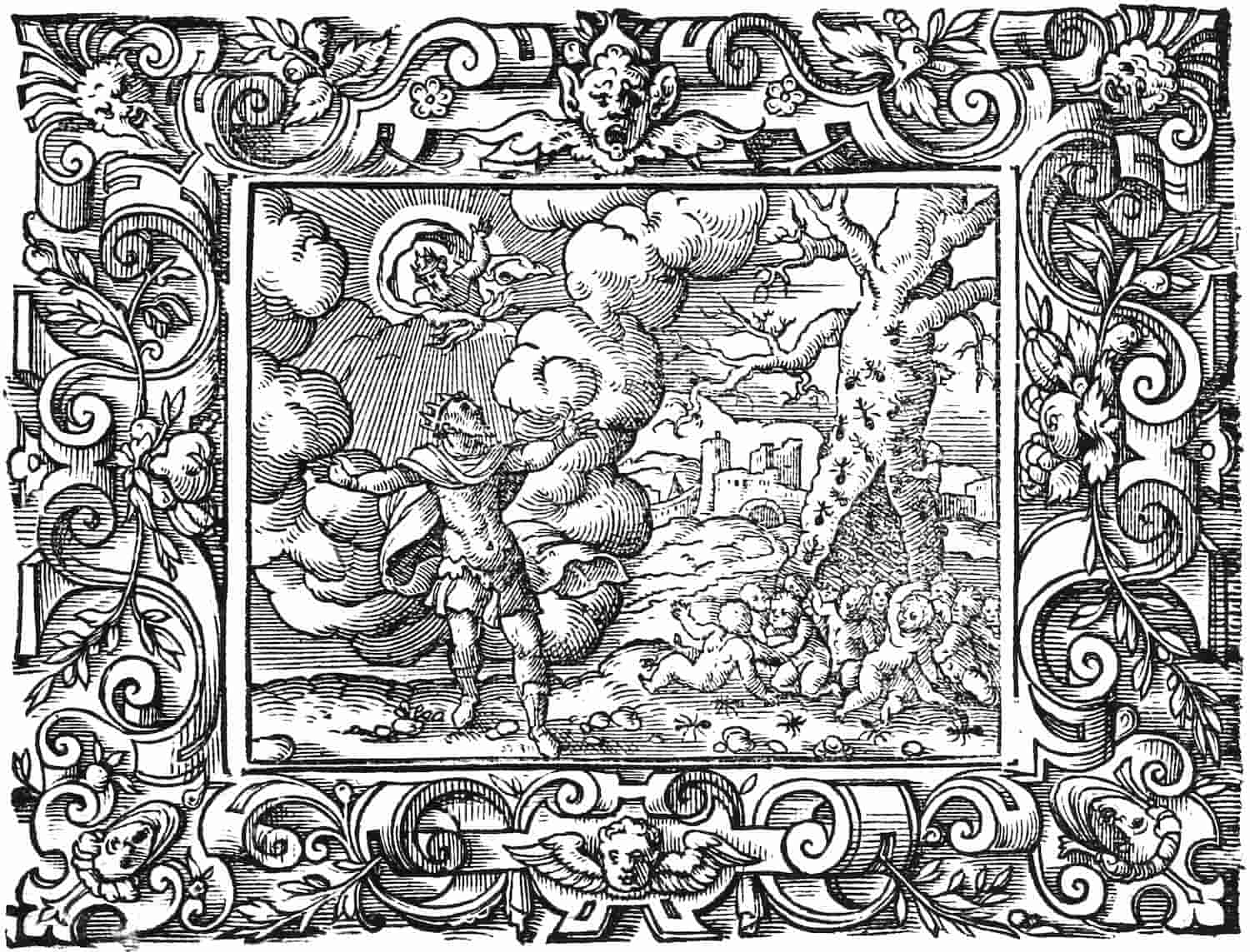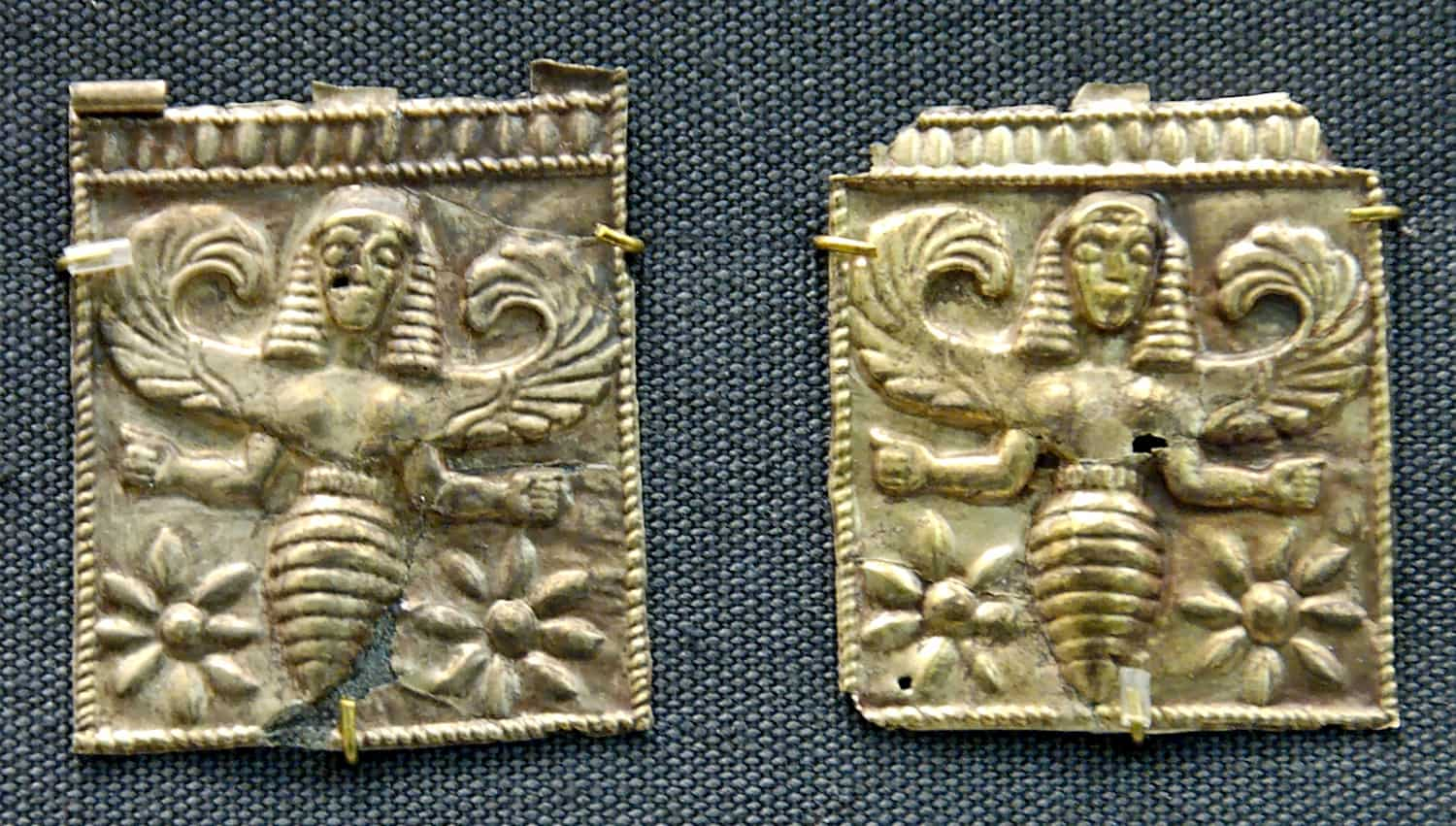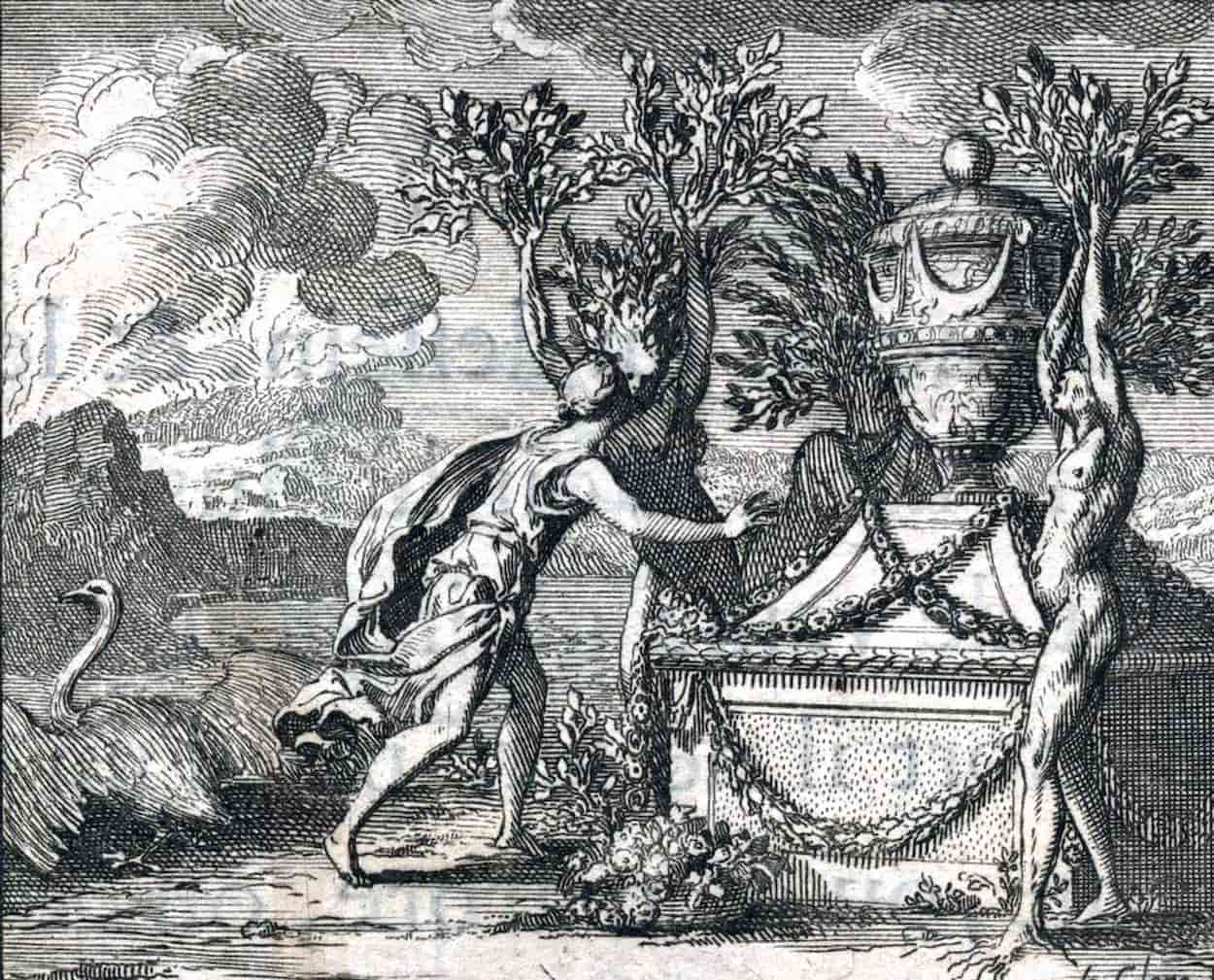Enyo: Goddess of War in Greek Mythology
In Greek mythology, Enyo (from the Greek word "ενυώς" meaning terror) was a secondary deity of war, appearing in the context of the main war god Ares and often considered both his daughter and mother. This dual role leads to an interpretation for the epithet "Enyalios" attributed to Ares.






